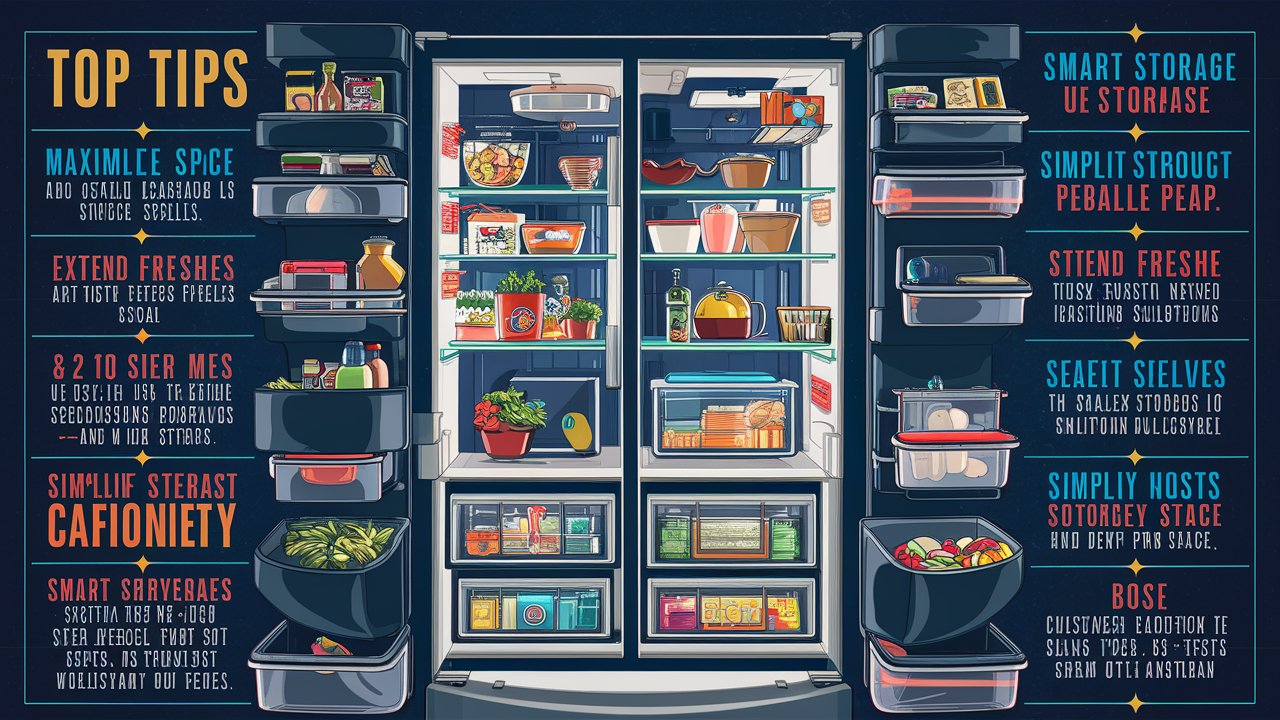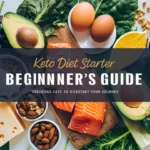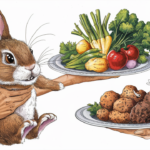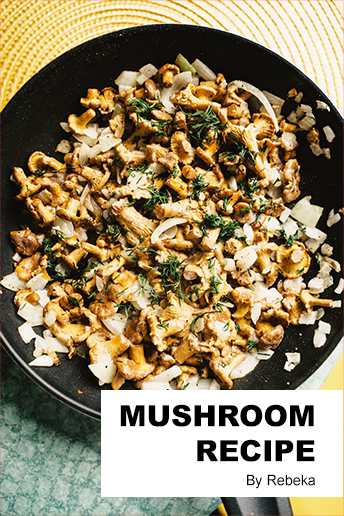- How to organize your refrigerator foods efficiently
- Designate Zones for Different Food Groups
- Optimize Air Circulation for Efficiency
- Use Proper Storage Techniques
- Organize the Refrigerator Door Storage
- Keep Produce Fresh
- how to organize your refrigerator foods efficiently
- Store Meats and Poultry in the Coldest Spot
- Rotate Older Foods to the Front
- Avoid Overfilling the Refrigerator
- FAQ
- FAQ: How to Organize Your Fridge Foods Efficiently
- 1. How do I effectively organize my fridge to maximize space?
- 2. What are some tips for keeping food fresh in the fridge?
- 3. How can I organize my fridge without causing food waste?
- 4. What are the best practices for organizing the fridge organizer?
- 5. How do I prevent contamination in the fridge?
- Conclusion
How to organize your refrigerator foods efficiently
Organizing your fridge makes daily life easier and saves money. In my experience as an Indian homeowner, I’ve learned some key tips. These include grouping similar foods together and giving each type of food its own space. It’s also important to let air flow properly and store things the right way. If you keep these ideas in mind, you’ll extend your food’s freshness and make cooking simpler.
Key Takeaways
- Invest in clear, shallow containers for better visibility and organization
- Utilize the warmest top shelves for leftovers and quick-to-eat items
- Store raw meats, fish, and poultry on the bottom shelf due to its cooler temperature
- Use crisper drawers to maximize freshness of produce with proper airflow and drainage
- Designate the door for storing condiments and stable items
Designate Zones for Different Food Groups
Grouping similar foods in your fridge keeps items easy to find. It’s important for maintaining the best conditions for food. This setup helps keep food fresh for a longer time, reducing the chances of wasting it.
Dairy Zone
The dairy zone is for milk, cheese, yogurt, and more. It’s the coldest part of the fridge with a stable temperature. These conditions are perfect for keeping dairy fresh.
Produce Zone
Use the produce zone for fruits, veggies, and herbs. You can split this area into sections with different humidity levels. This helps keep produce like fruits and veggies fresh based on their needs.
By setting up zones for dairy and produce, you can store them better. This’s essential for reducing waste and ensuring your family gets healthy food.
“Organizing your refrigerator into designated zones is a game-changer for keeping your food fresh and easily accessible.” – Jane Doe, Certified Professional Organizer
| Refrigerator Zone | Recommended Food Items |
|---|---|
| Dairy Zone | Milk, cheese, yogurt, and other dairy products |
| Produce Zone | Fruits, vegetables, and herbs |
Creating different zones for food groups is a great step. It helps keep items fresh for longer. Don’t forget, regular fridge maintenance is crucial. Change filters and fix any issues with the temperature to keep your fridge working well.
Optimize Air Circulation for Efficiency
It’s vital to keep the air moving well in your fridge. Don’t cram too much in there. That’ll stop the air from flowing and make the fridge use more energy. Leave space above your food to let the cool air move around freely. And every so often, clean the coils on the back. Dust there makes it harder for the fridge to cool off properly.
A stuffed fridge actually helps keep things cool easier. This is because there’s less air to chill. Aim to keep it about 2/3 full. This helps with efficiency and keeps the air flowing well. Use glass instead of plastic containers. Glass holds the cold inside better.
- Consider a new, energy-efficient fridge. New ones can save a lot on energy compared to old models. Old ones often use more energy.
- Fridge models with freezer top or bottom and frost-free are usually better for saving energy. They do better than fancy multi-door ones.
- Always leave at least 5 cm of space around your fridge. It helps with the right ventilation. This lets the fridge do its job easier.
Keeping the door seals clean stops warm air from leaking in. Clean the coils too, to keep the fridge from overworking. Check your fridge’s inside temp to be between 2.2°C and 3.3°C. This can save a lot of energy.
If your fridge has a power saver mode, use it when you can. By taking these steps and looking after your fridge, you save money and increase its life.
Well-organized fridges save money and keep food fresh. Keep these tips in mind to make your fridge work better. This ensures your fridge runs smoothly and efficiently.
Use Proper Storage Techniques
Keeping foods fresh and lasting longer in your refrigerator is all about how you store them. With the right methods, you cut down on food going bad, keep cash in your pocket, and ensure your family has flavorful dishes.
Airtight Containers for Leftovers
Putting leftovers in airtight, see-through containers stops them from losing moisture and picking up other food smells. Within two hours of cooking, it’s best to put leftovers in the fridge. Foods that can go bad quickly if left out more than two hours (or one hour when it’s over 90°F) should be thrown away. It’s smart to use small, shallow containers for leftovers. They cool down quicker this way. The USDA suggests eating them within three to five days. You can also freeze them and keep them for as long as four months.
Place Newer Food Items Towards the Back
When you fill up your fridge again, put the new stuff towards the back. Move the older items to the front. This way, you’ll eat the older foods first, avoiding waste. Keeping raw and ready-to-eat foods separated in the fridge can prevent a mess and stop one food from making the other unsafe to eat.
By using these tips, your fridge will be tidier, you’ll throw out less food, and your meals will be tastier and healthier. A little bit of organization can go a long way, saving both time and money. It helps keep fruits and veggies fresh longer and makes them taste better.
“Proper food storage is the key to minimizing waste and keeping your family’s meals tasting their best.”
Organize the Refrigerator Door Storage
The fridge door is a handy spot for things you use a lot. But, it’s key to arrange it well. This way, your fridge runs better and stays tidy.
Use door baskets for stuff like yogurt and sauces. This keeps them easy to grab and saves shelf room. Add extra shelves for big items like milk or juice.
Try hanging wire baskets inside for more storage. They’re great for holding fruits and veggies. Plus, they let you use more of your fridge without crowding the shelves.
Put the heavier stuff on the bottom shelves. This stops them from falling and makes your fridge safer. A well-arranged door means easier access to what you need every day.
Keeping your fridge clean also makes your food last longer. Wipe the door parts often to stop spills from building up. This keeps your fridge fresh and safe for your food.
With these tips, turning your fridge door into a neat, useful space is easy. It helps you save time and do better at keeping your food organized.
Keep Produce Fresh
Keeping your produce fresh is key to a healthy, tasty diet. Each fruit and veggie has its own way to stay fresh. It’s vital to know how to store them right. For example, put fruits that make ethylene, like apples, away from veggies that don’t like ethylene, like broccoli.
Separate Ethylene-Producing Fruits
Use the crisper drawers in your fridge right. They create the perfect conditions for most fruits and veggies. Berries should be stored with paper towels in a container that breathes. The Progressive ProKeeper Produce Container Set is great for this. For leftovers, skip plastic. It’s hard to keep clean. Go for glass, like the Pyrex 18-piece set, instead.
Clear, stackable bins are good for organizing. They make it easy to see and reach your food in the fridge. And using up almost empty things like mustard for dressings is smart for less waste.
Some things, like onions and tomatoes, don’t need the fridge. This saves space for others. To keep your fridge clean, use gentle cleaners and wipes that are safe.
Great products can help keep your food fresh. Try Debbie Meyer GreenBags for herbs. The Emile Henry ceramic fruit bowl is good for some fruits. Don’t forget to keep your freezer organized with adjustable bins. This all makes for a better fridge.
Follow these steps for fresh produce and less waste. Plus, a tidy fridge saves time, money, and is better for the planet. A good fridge is the heart of a green, healthy kitchen.
“A well-organized refrigerator can save time, reduce food waste, and make meal preparation easier.”
how to organize your refrigerator foods efficiently
Organizing your refrigerator well can keep your food fresh longer. It cuts down on food waste and makes cooking easier. You do this by grouping foods together, using the right containers, and keeping the door tidy.
First, set up different areas for your food. Have a spot for dairy like milk and cheese, and another for fruits and veggies. This setup keeps your food safe and makes it easy to find what you need.
Make sure air moves well in your fridge to cool all foods evenly. Don’t pack your fridge too full. Also, put tall items at the back and short ones at the front. This lets air circulate better.
Using the right storage helps your fridge work better. Use tight containers for leftovers. Put new foods at the back, so you use the older ones first. This stops spoilage.
Think about what to put in the door. It’s a good place for condiments and other items that don’t spoil fast. They are okay in the door’s slightly warm area.
With these tips, your fridge will be a tidy, efficient space. It will keep your food fresh and cooking simple. A bit of work to organize can really cut food waste and save you money.
| Refrigerator Organization Strategies | Key Benefits |
|---|---|
| Designate Zones for Different Food Groups | Prevents cross-contamination, enables efficient access to frequently used items |
| Optimize Air Circulation | Maintains consistent temperatures, extends shelf life of perishables |
| Use Proper Storage Techniques | Utilizes airtight containers, follows “first-in, first-out” approach to minimize waste |
| Organize the Refrigerator Door Storage | Reserves door shelves for shelf-stable items that can withstand slightly warmer temperatures |
Follow these steps to turn your fridge into a well-organized, cost-efficient, and energy-saving spot. It’ll keep your food fresh and your cooking fun.
Store Meats and Poultry in the Coldest Spot
Keeping meat and poultry fresh and safe starts with the right storage temperature. The best temperature for these foods is 1°C to 3°C (34°C to 37°F). In a fridge, the coldest spot is usually the bottom shelf or near the vents. This is the ideal place to store items that spoil quickly or risk bacteria.
Organizing your fridge well helps keep meat and poultry safe. A fridge should stay between 0°C to 5°C / 32°F to 41°F. Bacteria grow best between 5°C and 60°C / 40°F to 140°F. By placing these foods in the coldest part, you keep them fresh and reduce the risk of bacteria and food poisoning.
| Food Item | Ideal Storage Temperature |
|---|---|
| Dry Foods | 10°C to 15°C (50°F to 59°F) |
| Refrigerated Foods | 4°C (39°F) or colder |
| Dairy Products | 2°C to 4°C (36° to 39°F) |
| Produce | 2°C to 4°C (36° to 39°F) |
| Fresh Meats and Poultry | 1°C to 3°C (34°C to 37°F) |
| Frozen Foods | -18°C (0°F) or lower |
| Fresh Seafood | -1°C to 2°C (30°C to 34°F) |
Putting meat and poultry in the coldest fridge spot keeps them fresh and safe. This helps prevent food from going bad and lowers the danger of food poisoning.
“Storing perishable items like meat and poultry in the coldest part of the refrigerator is a simple yet effective way to maintain food quality and safety.”
Rotate Older Foods to the Front
When you add new food to your fridge, move older items to the front. This method, known as “first-in, first-out,” ensures you eat the older foods first. It stops them from going bad and lowers the amount of food you throw away. You also end up using the fresh items more quickly.
By setting up a simple rotation plan in your fridge, you can cut down on wasted food. Always put the newer foods behind the older ones. This way, the older items are in sight and you use them first. Doing this not only saves you cash but also lessens the harm from throwing away food.
- Identify the oldest items and move them in the front. This helps you see and use them first.
- When you restock, place new stuff behind the old to keep the rotation going.
- Always check the expiration dates. Use the older items first to avoid them going bad.
This rotation plan keeps your refrigerator tidy and cuts down on wasted food. It makes sure everything you have stays fresh and useful.
| Refrigerator Zone | Recommended Storage |
|---|---|
| Top/Middle Shelf | Cooked meat, leftovers, snacks |
| Bottom Shelf | Raw meat and poultry |
| Refrigerator Door | Condiments, beverages |
Keeping your fridge organized not only saves money and time but also helps the planet. Make it a habit to put older foods in front and enjoy all your items.
“Regularly rotating older foods to the front of the fridge is a simple yet effective way to ensure you consume items before they spoil, reducing food waste and saving you money in the long run.”
Avoid Overfilling the Refrigerator
It might seem smart to fill your fridge to the max, but too much food inside can damage it. An overloaded fridge can slow down air movement and block the cold air vents. This messes with the temperature, spoiling your food. To keep your fridge running well, make sure there’s space for air to flow.
Work to keep everything in your fridge neat and easy to find, with space for new groceries. If it’s crammed, the temperature won’t be right for all your foods. Finding a good balance means your fridge will work better, keeping everything inside fresh and tasty.
- Avoid packing the refrigerator to the brim, as this can impede airflow and prevent effective cooling.
- Maintain a two-thirds full fridge for optimal energy efficiency.
- Keep the shelves and drawers organized, with enough space between items for air to circulate.
Organizing your fridge and making sure there’s enough air around each item can keep your food fresh longer. Plus, it helps your fridge use less energy.
“The key to a well-organized refrigerator is finding the right balance between storage capacity and airflow.”
| Refrigerator Zone | Recommended Items |
|---|---|
| Top Shelf | Frequently accessed items, leftovers |
| Middle Shelf | Tall containers, milk, dairy |
| Bottom Shelf | Meat, fish (coldest spot) |
| Door | Non-perishable beverages, condiments |
Follow these hints to keep your fridge well-organized. This way, air can move freely. It keeps your food at the right temperature longer, fresh and safe to eat.
FAQ
FAQ: How to Organize Your Fridge Foods Efficiently
1. How do I effectively organize my fridge to maximize space?
To efficiently organize your fridge, start by categorizing items such as cheese, leftovers, condiments, and poultry. Use designated drawers for fruits and vegetables, adjust shelves to accommodate different food types, and utilize bins or crispers for better storage.
2. What are some tips for keeping food fresh in the fridge?
To keep food fresh longer, store perishable items like raw meat on the bottom shelf where it’s the coldest. Use airtight storage containers for fruits and vegetables, and keep dairy products in the warmest part of the fridge. Avoid spoilage and cross-contamination by organizing your fridge properly.
3. How can I organize my fridge without causing food waste?
To prevent food waste, label items with expiration dates, place newer items at the back of the fridge, and use transparent storage bins to easily see what needs to be consumed first. Regularly clean out expired items and consider meal prep to use ingredients efficiently.
4. What are the best practices for organizing the fridge organizer?
When using a fridge organizer, group similar items together, stack containers to save space, and maintain a system for rotating items. Consider using adjustable dividers to customize the space according to your needs and regularly clean the organizer to avoid spoilage.
5. How do I prevent contamination in the fridge?
To prevent cross-contamination, store
Conclusion
By using these tips, I keep my groceries fresh for longer and cut waste. This means I stay organized, making meals is easier. I sort my fridge into different areas, keep the air flowing, and store things right. Also, I bring older items to the front and avoid stuffing the fridge. This keeps everything tidy and uses space well.
I make my fridge neat and efficient by making simple changes. I group items, adjust shelves, and use the door smartly. Doing this saves me time and money. It also stops food from going bad too soon. I clean it weekly and mark what’s inside. This way, my fridge is well-organized and safe from bad bacteria.
With some effort, I adapt my fridge to fit my needs. This is helpful whether I’m busy with work or feeding a big family. Brands like Haier offer cool ways to save space and work better. I follow their advice to make my fridge efficient and space-savvy. This not only cuts costs but also lets me enjoy fresh food longer.


 Are generic foods really worth the savings
Are generic foods really worth the savings 5 innovative chopping pads to upgrade your kitchen
5 innovative chopping pads to upgrade your kitchen








